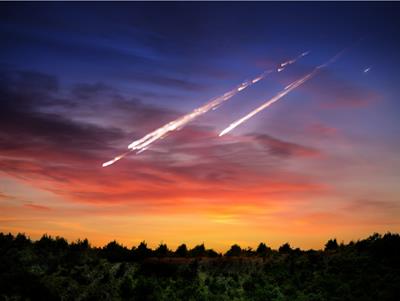PDF chapter test TRY NOW
Dwarf Planets
- Unlike planets, they can share their orbit with other dwarf planets.
- Five dwarf planets of the solar system are Pluto, Ceres, Eris, Makemake and Haumea.
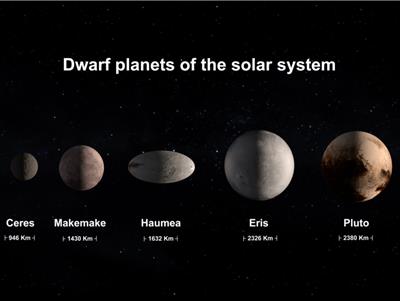
The Moon - Earth’s Satellite
- Celestial objects that revolve around the planets
- The moon is the Earth’s only satellite.
- Duration of revolution: \(27\) days and \(8\)hours
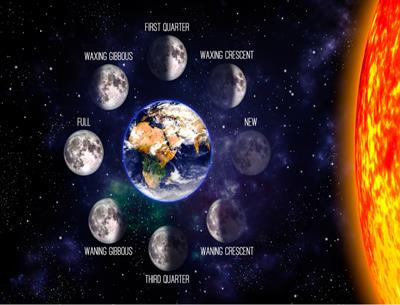
Important!
Duration of rotation and revolution is the same.
- No atmosphere
- The surface of the moon is characterized by craters.
- The distance between the moon and the Earth: \(3,84,400\) km.
- Size of the moon: One-quarter of the Earth.
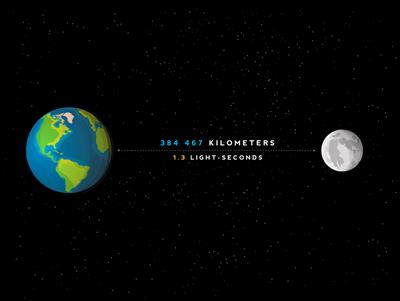
Asteroids
- Small solid objects that move around the Sun.
- Found between Mars and Jupiter.
- They are too small to be called planets.
- They are also known as Planetoids or Minor Planets.
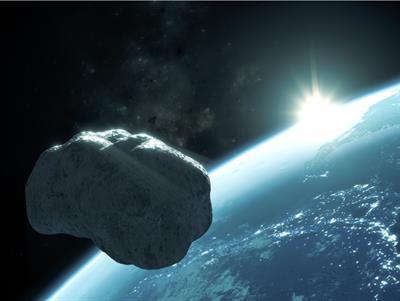
Hitting of Asteroids is considered as one of the reason for extinction of dinosaurs.
Comets
- Celestial object made up of a head and a tail.
- The head of a comet consists of solid particles held together by ice, and the tail is made of gases.
- Halley’s Comet is the most famous comet which comes close to the Earth in every (\(76\)) years.
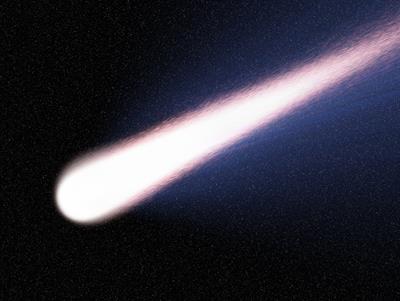
- It last appeared in \(1986\)
- Expected to appear in \(2061\)
Meteors and Meteorites
- A meteor is stone-like or metallic body
- Most of them burn while entering Earth’s atmosphere.
- Also known as Shooting Stars
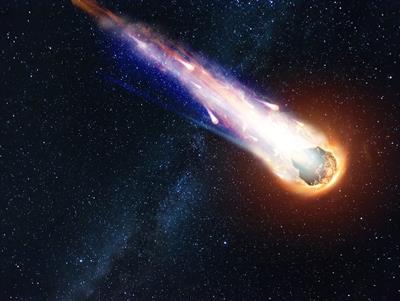
- Meteors which strike the Earth’s surface are called Meteorites.
